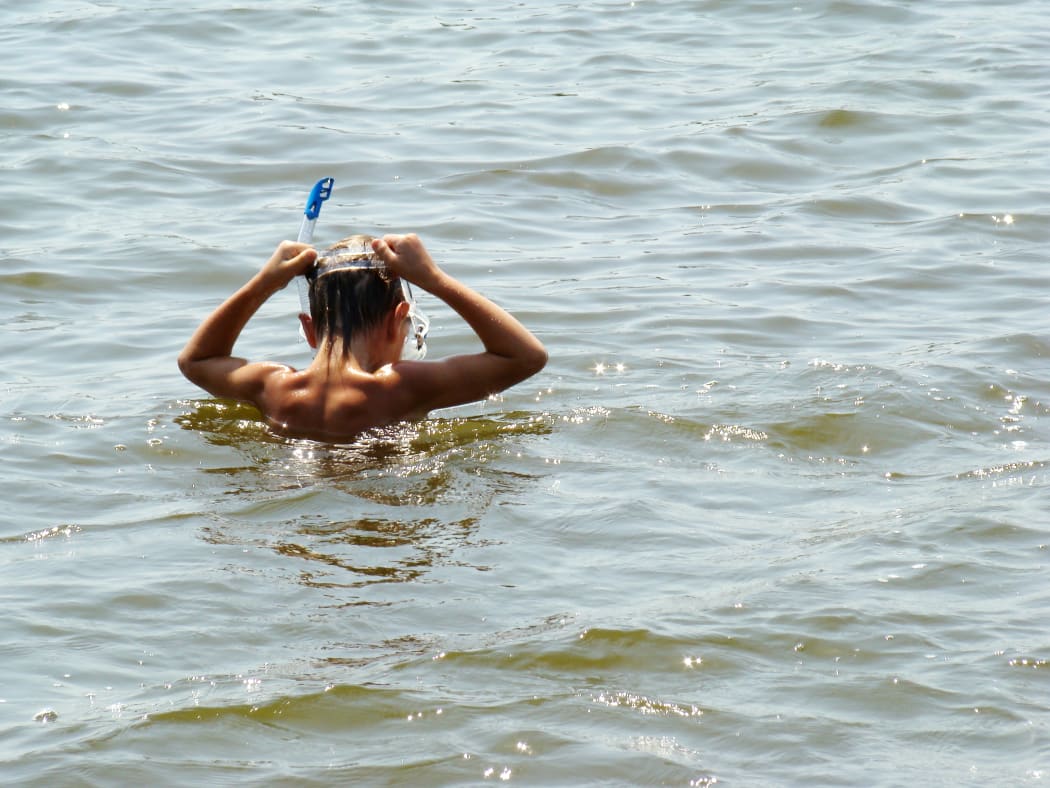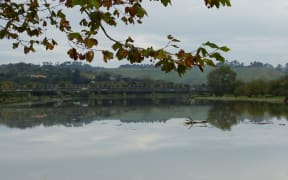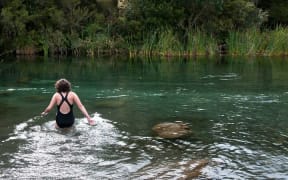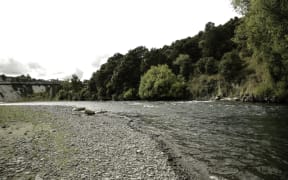The Environment Ministry's own officials struggled to explain the government's proposed water standards to the public, emails reveal.

Photo: 123RF
The government's Clean Water Package has caused confusion since it was unveiled in February, with some scientists saying it actually weakened standards.
Emails released under the Official Information Act reveal officials at the Environment Ministry were also having trouble with the technicalities.
The day after the policy was announced, a ministry staff member emailed scientists at NIWA and in the United States, asking for "any thoughts or suggestions".
"We are struggling to explain the science in easy to understand terms for the general public," the email said.
Green Party co-leader James Shaw said it was "embarrassing" for Environment Minister Nick Smith.
"He went out so publicly with an announcement that his own officials struggled to be able to communicate."
He said the government clearly had a strategy of trying to confound the public rather than actually improving water policy.
"The policy is incomprehensible. I mean there are actually academics out there, who are freshwater experts, who themselves say that they struggle to get their heads around what Dr Smith has done.
"It is bad policy. It's bad communication. And it's bad politics."
Labour water spokesperson David Parker said the policy was "incomprehensible" and an indictment on the government.
"If the ministry can't explain it in a way that the public can understand, how can they expect the public to have confidence that they're truly going to get swimmable waters?"
Under the old system, for a waterway to be considered the best for swimmability the acceptable level of E coli was less than 260 per 100ml of water.
That equated to a low risk of infection, up to 1 percent, when a person took part in activities that were likely to involve full immersion.
Under the new system, for a waterway to be considered excellent it could not exceed an E coli level of 540 per 100ml more than 5 percent of the time.
That equates to a less than 5 percent (one in 20) risk of infection.
But the new package also introduced a limit for the annual median concentration of E coli in a waterway - a level of 130 per 100ml - which a NIWA report said was more restrictive than the current national bottom line, which was set at boating and wading.
Dr Smith is standing by the plan, and said it was "scientifically robust".
He said water policy was "really complex" by nature and accepted it was "challenging" to set clear targets.
But that was no reason to shy away, he said.
"It's no surprise that nobody's tried to do it before 2017. I know it's been contentious. But actually, if New Zealand is serious about improving water quality, you don't manage what you don't measure.
"That's why I'm really keen to get a credible measurement system in place."
Mr Parker said it was a cop-out to call all water policy complicated.
He said while there needed to be technical standards, there also needed to be common sense definitions that people could rely on.
"People want to know that when they put their head under in summer they're not going to get crook, and when they get out of the river they're not going to be covered in slime."






